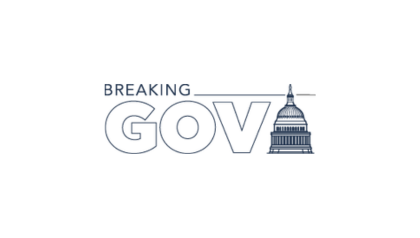 A new narrative is emerging in government innovation and it goes something like this: Truly great leaps in innovation are almost never possible with monolithic, proprietary approaches to software development, and many small innovations, when taken together, often lead to large, game-changing paradigms.
A new narrative is emerging in government innovation and it goes something like this: Truly great leaps in innovation are almost never possible with monolithic, proprietary approaches to software development, and many small innovations, when taken together, often lead to large, game-changing paradigms.
That was the message delivered by both government and private sector IT professionals at the Red Hat Government Symposium on Oct. 23. The event, sponsored by Red Hat Inc. focused on the importance of transparency, open sharing, and collaboration to the success of the Obama Administration’s Open Government Initiative, as well as how open source software can help agencies accomplish their missions in a time of dwindling resources. Keep reading →
 For several days, Bank of America’s systems had problems. The problems – primarily denial of service disruptions – hit their web site and reportedly their mobile banking services.
For several days, Bank of America’s systems had problems. The problems – primarily denial of service disruptions – hit their web site and reportedly their mobile banking services. For BofA, the nation’s largest bank based on assets, this was not the first issue or attack they experienced in the past year. Nor in fact, was BofA the only U.S. financial institution that has been experiencing what appears to be a series of directed cyber attacks. JPMorgan Chase and Citigroup also are
For BofA, the nation’s largest bank based on assets, this was not the first issue or attack they experienced in the past year. Nor in fact, was BofA the only U.S. financial institution that has been experiencing what appears to be a series of directed cyber attacks. JPMorgan Chase and Citigroup also are 
 Federal agencies are steadily moving to adopt
Federal agencies are steadily moving to adopt 



 Social media and Internet freedom have become an increasingly important part of the State Department’s agenda, a senior adviser to Secretary of State Hillary Clinton said today during an international
Social media and Internet freedom have become an increasingly important part of the State Department’s agenda, a senior adviser to Secretary of State Hillary Clinton said today during an international 